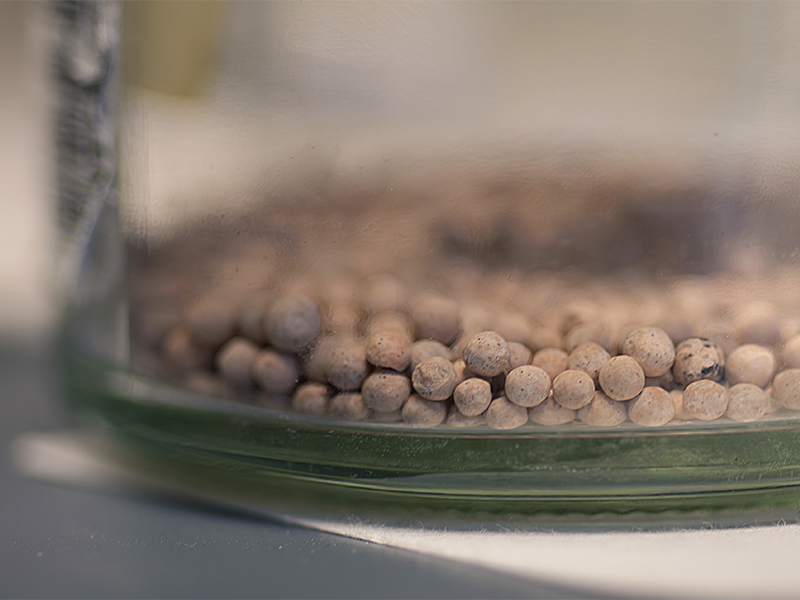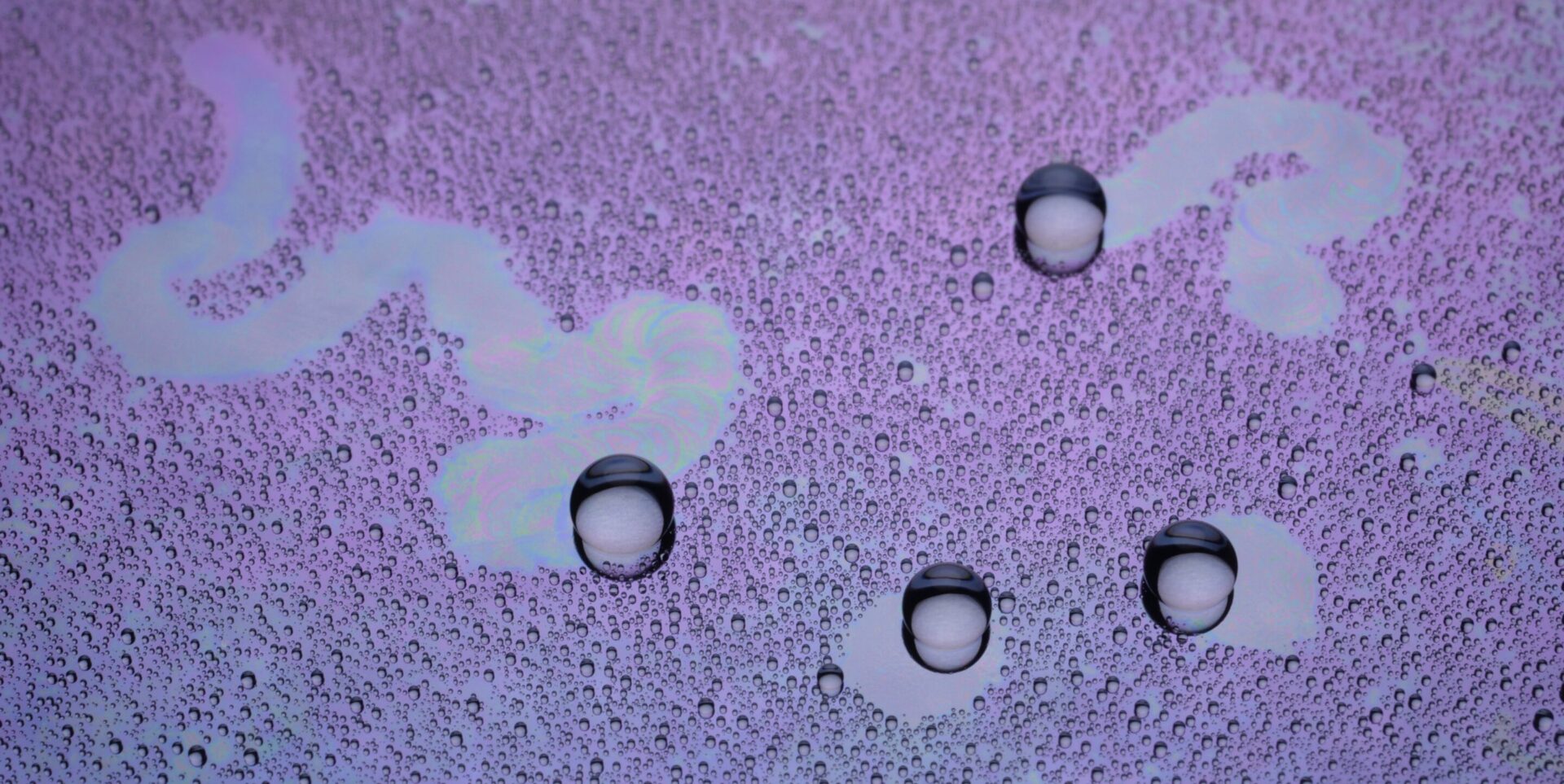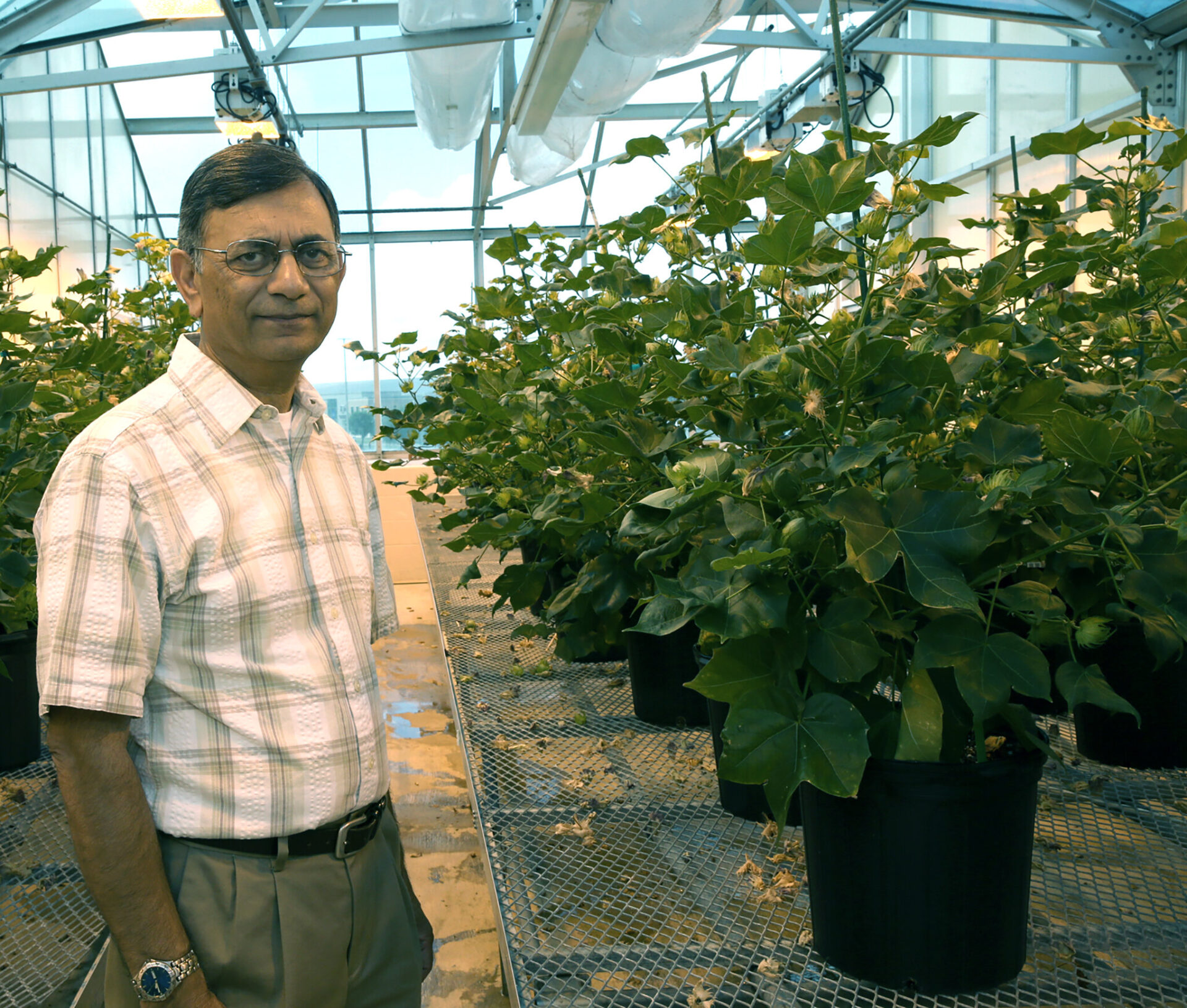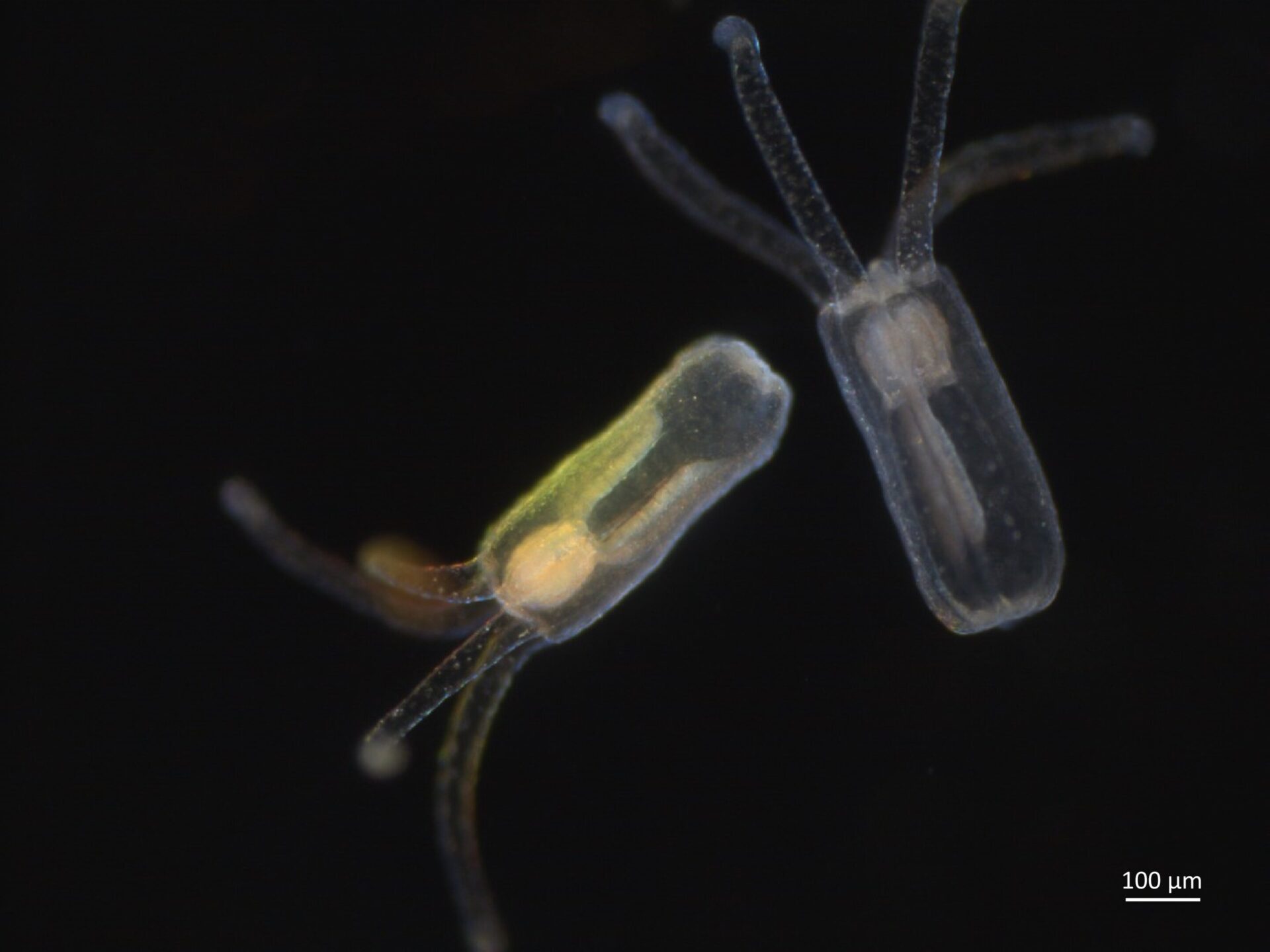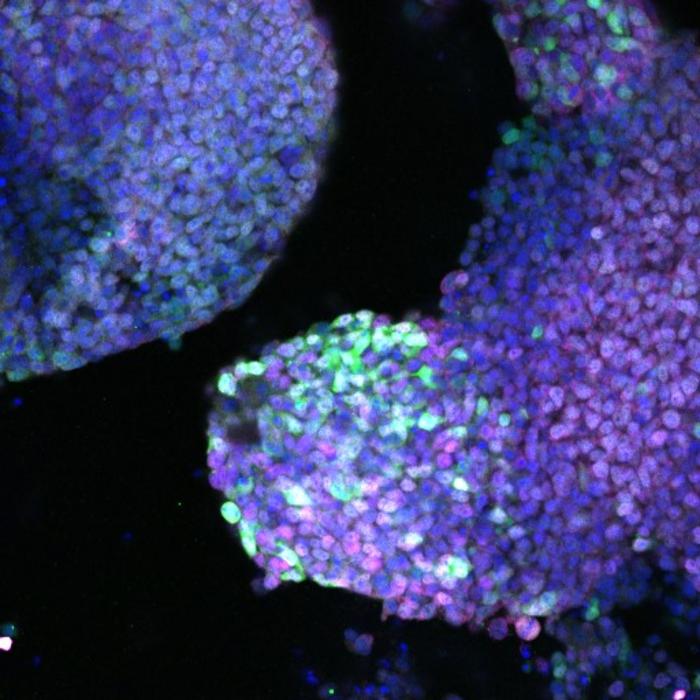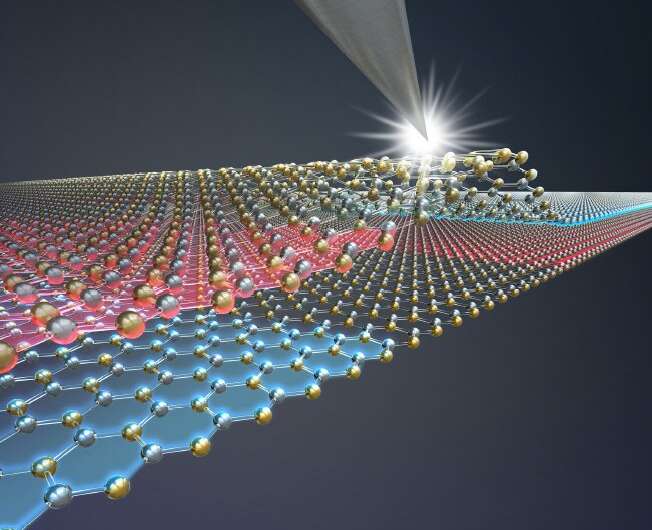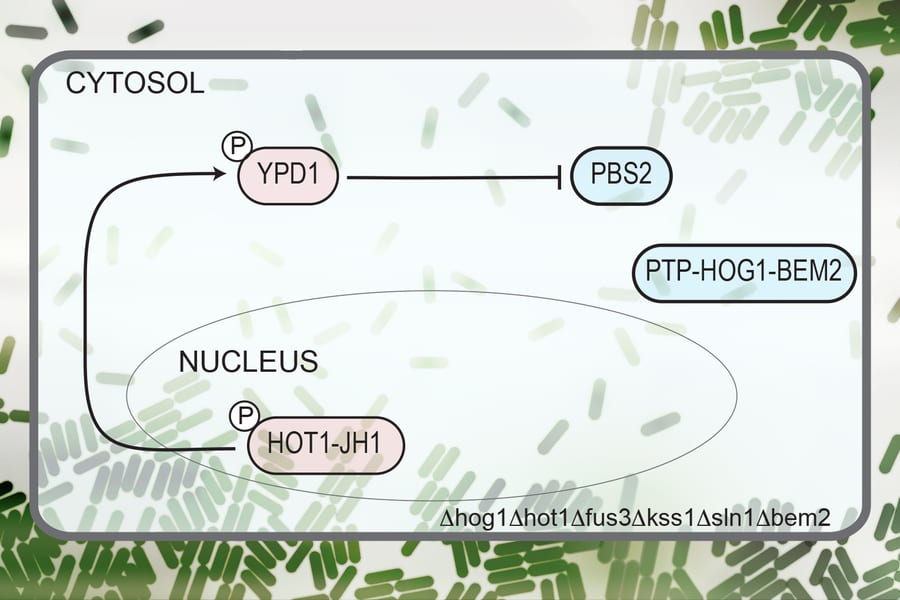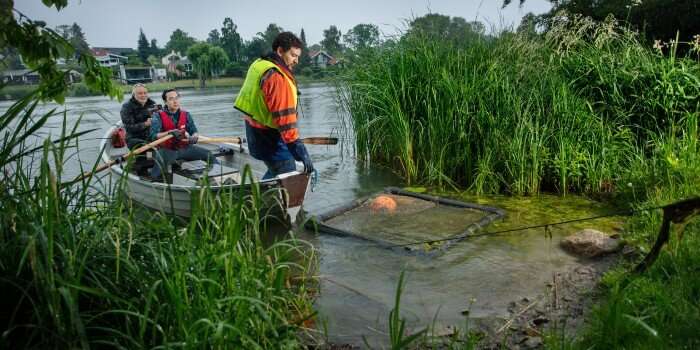
via Technical University of Denmark
A pilot project in Lake Søllerød has very successfully used electrodes to oxygenate lakebed. The method should now be tested in a large demonstration trial.
The problem of oxygen depletion and algae is found in just over 75 per cent of all Danish and European lakes—mainly due to the unfortunate habit in the past of discharging wastewater with a high phosphorus content directly into the lakes. The sediment at the bottom of the lakes therefore no longer contains enough oxygen for bacteria to break down dead plants, fish, and algae, thus making the lakes often appear both murky and smelly.
In recent years, many different ways of oxygenating the bottom of lakes have been trialled. However, according to Professor Stefan Trapp from DTU Environment, who came up with the idea for the new promising method, these initiatives have generally been both expensive and have had only limited effect.
“Our new method is both simple and inexpensive. We’ve tested it first in the laboratory and subsequently in a pilot project in Lake Søllerød, and with very promising results—in the form of a reduction of the phosphorus content in the deepest water strata of up to 94 per cent,” says Stefan Trapp.
Phosphorus is encapsulated
The idea of using electrodes for oxygenating the lakebed came to Stefan Trapp during a lecture being given by his colleague Yifeng Zhang who uses the method in several other fields.
“In practice, the method consists of lowering two steel meshes into the top and bottom of the lake, respectively. The two meshes are connected by a wire and form a kind of electric battery. As they break down dead plants and fish, the bacteria at the bottom of the lake release electrons that are caught by the steel mesh and travel to the surface mesh, where oxygen is present and can absorb the electrons,” explains Karl Haxthausen, DTU Environment, who has been responsible for the practical part of the work.
“In this way, the bacteria can break down the dead organic matter as if oxygen was present. And in fact, the whole process takes place without producing unwanted methane. The removal of electrons also changes the chemistry at the bottom of the lake, causing the phosphorus to bind to the sediment and thus resulting in its immobilization,” says Karl Haxthausen.
Testing an entire lake
This encapsulation of the phosphorus is a significant result of the new method, since there is more phosphorus in a single centimetre of the sediment on the bottom than in 10-metre deep water.
The pilot project with the two steel meshes in Lake Søllerød started in summer 2019 and ends now.
“Our results are so promising that we would like to conduct a large demonstration trial, where we not only use a couple of small 4 x 4-metre meshes, but instead test our method on an entire lake—for example an area of 100 x 100 metres,” says Stefan Trapp.
If the outcome of the future project also proves to be satisfactory, there is no doubt that the new approach could play a key role in lake remediation in the future. In addition, it will be interesting to use it in marine areas experiencing similar problems with oxygen depletion.
Original Article: New method for cleaning lakes shows promising results
More from: Technical University of Denmark
The Latest Updates from Bing News & Google News
Go deeper with Bing News on:
Oxygenating lakes
- Health alert partially lifted after sewage pill in Lake Worth Beach area
The Florida Health Department in Palm Beach County has partially lifted a health alert for water bodies since the rupture of a sewer line near Lake Worth Beach on April 9.
- Dead Fish Suddenly Found in California Lake Raises Alarms
The Lake Elsinore & San Jacinto Watersheds Authority (LESJWA) announced on Wednesday evening it had launched an investigation into oxygen levels at Canyon Lake. The reservoir, in southern California, ...
- Of shorelines and tales of fish in Forest Lake
What can a fish tell you about its lake? If it’s a brook stickleback, banded killfish, or tadpole madtom, it might tell you that your lake is clean, rich in ...
- Take a moment to embrace shade, oxygen and greenery
On a bright Florida day, anyone outside will eventually search for some shade. Often we give little thought to the trees that provide that relief.
- From the coast to the deep sea, changing oxygen levels affect marine life in different ways
Earth's atmosphere maintains a constant level of oxygen, whether it is a wintry, rainy day or hot summer. Across the ocean, oxygen concentrations vary enormously between different places and over time ...
Go deeper with Google Headlines on:
Oxygenating lakes
[google_news title=”” keyword=”oxygenating lakes” num_posts=”5″ blurb_length=”0″ show_thumb=”left”]
Go deeper with Bing News on:
Oxygenating lakebeds
- Best Home Oxygen Concentrators Of 2024
Commissions we earn from partner links on this page do not affect our opinions or evaluations. Our editorial content is based on thorough research and guidance from the Forbes Health Advisory Board.
- The Planet Crafter: 6 Best Ways To Increase Oxygen
The Planet Crafter tasks players with terraforming a hostile planet, with oxygen production as a key step. Here are the best ways to create O2. Terraforming is key in The Planet Crafter ...
- South Carolina Widower Stabbed to Death on Morning of Son’s College Graduation
Watch Cold Justice on Oxygen Saturdays at 8/7c. Catch up on the Oxygen App. Authorities with the Anderson County Sheriff's Office (A.C.S.O) in South Carolina were joined by Kelly Siegler and retired L ...
- 10 Best Portable Oxygen Concentrators Of 2024
Commissions we earn from partner links on this page do not affect our opinions or evaluations. Our editorial content is based on thorough research and guidance from the Forbes Health Advisory Board.
- Alt Oxygen
All the Latest Game Footage and Images from Alt Oxygen Alt Oxygen is a survival game based on an economical design. Beside to survive there is a story to understand what happened and where are you ...
Go deeper with Google Headlines on:
Oxygenating lakebeds
[google_news title=”” keyword=”oxygenating lakebeds” num_posts=”5″ blurb_length=”0″ show_thumb=”left”]

